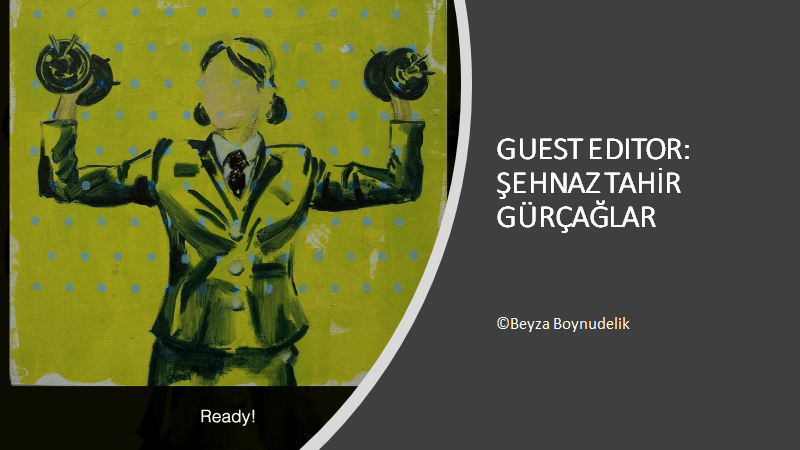The Effect of Previous Translations on Retranslation: A Case Study of Russian-Dutch Literary Translation
DOI:
https://doi.org/10.21992/tc29486Abstract
As Outi Paloposki and Kaisa Koskinen (2010) correctly stated in their article on the “fine line between retranslating and revising”, the exact relationship of a text with the previous translation(s) cannot always be determined, even if the most recent translation is presented (in the paratext to the edition) as a ‘retranslation’, ‘re-edition’ or ‘revision’. Indeed, in practice the “labels” of “(re)translation, (…) revisions, adaptations and retellings” are “hard to separate and cover different contents” in different circumstances (Van Coillie 2014).
In this paper I will try to study the effect of a first or previous translation on the process of retranslating. In order to do that I will compare a number of literary translations with their predecessors. Literary translations are specifically chosen here because they are probably more often retranslated than other types of texts. Moreover, the style of the translated text is presumably more important than for other genres, which allows me to mutually compare the translations not only at lexical and syntactic, but also at stylistic level.
In order to visualize the effect of a previous translation on a retranslation I will compare a number of Dutch translations of Russian literary works with their retranslations. On the one hand, I will compare three recent retranslations with older translations of the same work, ordered and published by the same publishing house, and explicitly announced to the reader as a ‘refreshed’ and reworked translation of the previous one. In these particular cases the retranslators were fully aware of the existence of another translation and the explicit reference to ‘retranslation’ virtually forced them to use the previous translation as a starting point. In order to avoid the influence of (1) the changing translation strategies throughout time, and (2) the possible idiosyncratic peculiarities of the specific translation strategy of one particular (but not representative) translator, I will use translations made by three different translators and published in approximately the same period.
On the other hand, I will investigate two Dutch translations of the same Russian literary work, that were made independently from each other and were published virtually on the same day, as the translators were unaware of each other’s translation effort. In this case the ‘previous’ (the term is not really applicable in this case) translation could not have had any effect on the ‘retranslation’, which makes it an interesting case to compare with the three genuine ‘retranslations’.
Special attention will be drawn to the differences in the translator’s decisions at lexical, syntactical and stylistic level. More specifically, the analysis will include a quantitative and qualitative approach. I will establish the amount of overlap in lexical, syntactical and stylistic choices in the four pairs of texts, and will try to find whether the retention or substitution of certain terms and linguistic features can be explained.
Downloads
Published
Issue
Section
License
Authors who publish with this journal agree to the following terms: a.Authors retain copyright and grant the journal right of first publication with the work simultaneously licensed under a Creative Commons Attribution License that allows others to share the work with an acknowledgement of the work's authorship and initial publication in this journal. b.Authors are able to enter into separate, additional contractual arrangements for the non-exclusive distribution of the journal's published version of the work (e.g., post it to an institutional repository or publish it in a book), with an acknowledgement of its initial publication in this journal. c.Authors are permitted and encouraged to post their work online (e.g., in institutional repositories or on their website) prior to and during the submission process, as it can lead to productive exchanges, as well as earlier and greater citation of published work (See The Effect of Open Access).



